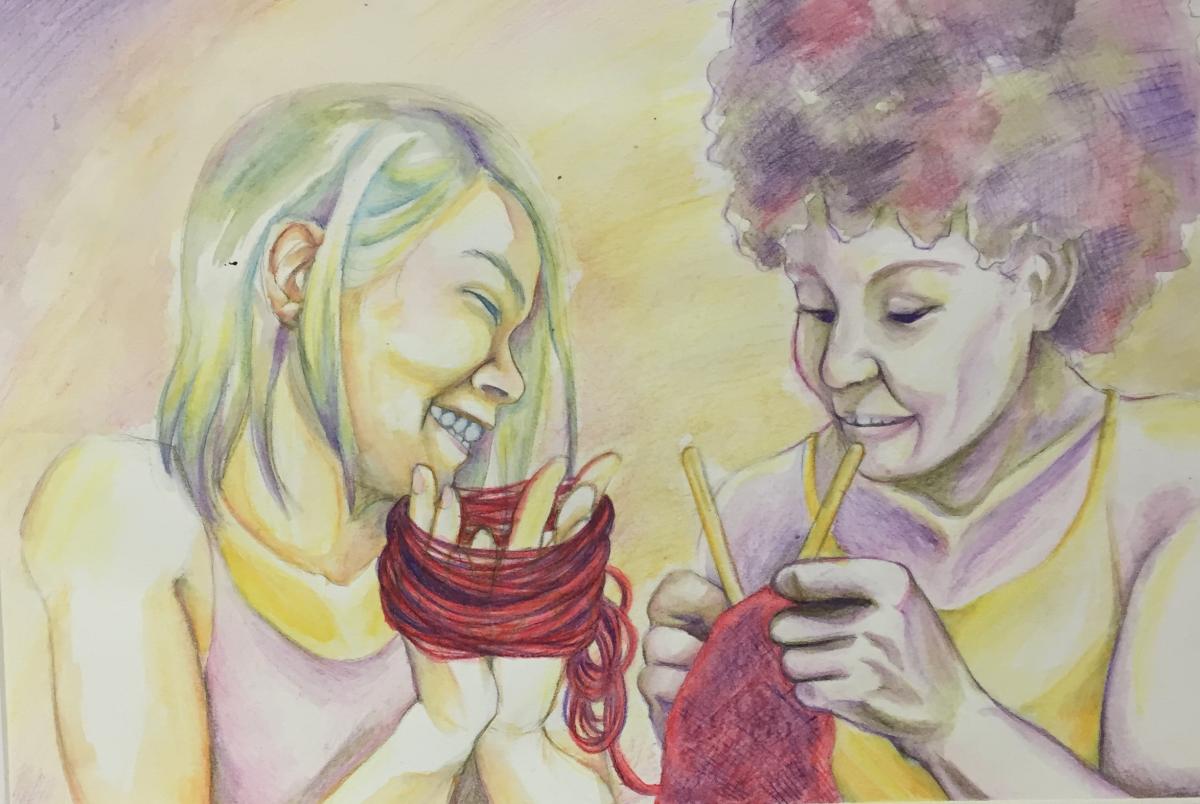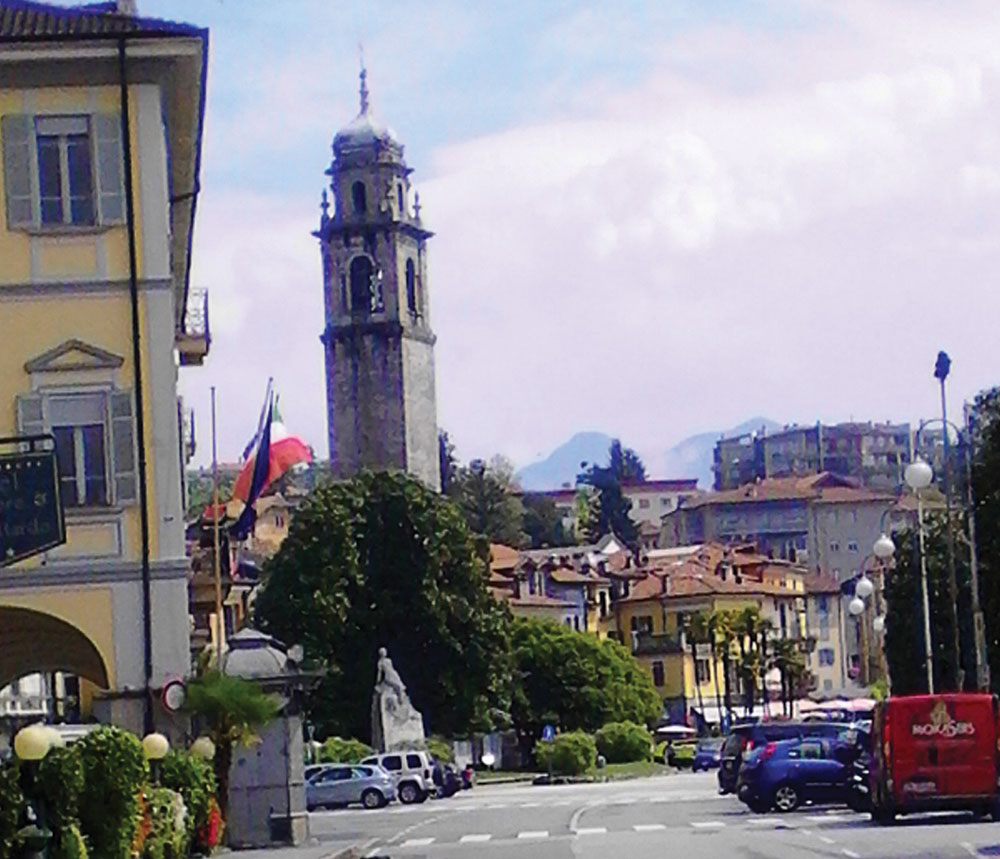
Linda Sokalski
Nearly 25 years ago, when Linda and Ron Sokalski were thinking of indulging their love of Spain by purchasing a second home there, they called the American Embassy in Madrid and asked for a listing of English-speaking attorneys. The alphabetical list of attorneys they were given by the embassy began with “A. Abogado” (simply and cleverly, “a lawyer”), who turned out to be Jésus Bello.
Although the home Jésus helped them buy in Marbella (not yet the flashy international resort it has since become) was sold 12 years later, the friendship with the Sokalskis endured and, in a fine example of the complex rules of cause and effect, became a key factor in Hendersonville’s planned debut on the international stage next year as the sister city of Almuñécar, not far from Marbella, where Jésus’ family has long had a home. The chain of events began to pick up steam once Linda and Ron joined Hendersonville International, the local branch of Sister Cities International, a non-profit “global citizen diplomacy network” intended to promote global cooperation, cultural understanding and economic development between nations.
Jésus had visited Hendersonville twice at the Sokalski’s invit ation, most recently last summer, a few months after Linda and Ron had become involved with Hendersonville International. It was at a time when efforts to establish sister city relationships with two European cities — one in Germany and one in France — seemed to have reached an impasse. “We worked on those two cities for more than a year without any success,” says Hendersonville International’s president, Bill O’Cain, “so we gave up and went into working toward a relationship with another city in Provence.” While those negotiations continued (and still do), Linda thought of Almuñécar.
ation, most recently last summer, a few months after Linda and Ron had become involved with Hendersonville International. It was at a time when efforts to establish sister city relationships with two European cities — one in Germany and one in France — seemed to have reached an impasse. “We worked on those two cities for more than a year without any success,” says Hendersonville International’s president, Bill O’Cain, “so we gave up and went into working toward a relationship with another city in Provence.” While those negotiations continued (and still do), Linda thought of Almuñécar.
A Spanish town on the Mediterranean would not at first glance seem a good fit for a mountain town in Western North Carolina 200 miles and more from the Atlantic. But Linda knew better. “One of Bill’s criteria was mountains,” Linda says, “and Almuñécar has as its backdrop the Alpujarras, which is Spain’s rugged hill country with local towns where people herd sheep and goats, as well as a lot of good hiking. A little further inland is the Sierra Nevada, between the coast and Granada. It’s one of the few places in the world where you can ski in the morning and go to the beach in the afternoon.”
For his part, Jésus thought Hendersonville’s ambience was not all that different from Almuñécar’s modest size and scale. “Hendersonville has small buildings and is very silent, very clean,” Jésus said from Toronto, where he lived for 11 years as a station manager for Mexicana Airlines and where he still spends summers. “Hendersonville is very comfortable, and like in Almuñécar everyone seems happy there, very friendly. It’s a nice city to walk around.”
Jésus was enthusiastic when Linda first mentioned the sister city idea, and events began to unfold rapidly. “Jésus had a contact at the town hall in Almuñécar who talked to her supervisor, and they were interested,” Linda explains. “So, with a lot of help and translation from Jésus, we eventually signed a letter of intent. There’s an official visit planned for next March, and Ron and I are going in October to work with the town hall there on the arrangements.”
So what do we know about Hendersonville’s soon-to-be sister city? Follow along on your map of Spain where, about halfway along the country’s southern coastline, in the province of Granada, you will find Almuñécar, with a subtropical climate, a population of about 26,000 and a coat of arms granted to the town in 1526 by King Carlos I. It was known to the Phoenicians, the Greeks and the Romans as an important fishing and trading post, while the Moors who occupied the place much later were more impressed with its natural defenses and gave it a name that translates as “surrounded by mountains.” It can boast at least one literary association, that being Laurie Lee’s thinly disguised town of Castillo in his memoir of the Spanish Civil War, As I Walked Out One Midsummer Morning. After Franco’s death in 1975, Almuñécar became, and remains, a popular stop on the Granada tourist circuit.
 |
Despite their geographical differences, Linda points out there are several common denominators that link the two cities. They’re similar in size, and both have economies that rely heavily on agriculture and tourism. “The biggest crops there are avocados and chirimoyas and tomatoes a little further to the east,” she notes. Both towns are popular as retirement communities, with seniors drawn from other regions of their respective countries, and both are struggling with the challenges brought by rapid development. Like Hendersonville’s experiences with I-26, Almuñécar has a new superhighway to contend with.
Hendersonville will get its first introduction to Almuñécar late this month, on July 29th, with a “Get To Know Your Sister City” event at the new Chamber of Commerce offices downtown, at which mayor Greg Newman will recognize Jésus for his key role in facilitating the relationship. Even better, Hendersonville residents are welcome to a firsthand look at Almuñécar by joining the delegation traveling there next year for the official proclamation ceremonies, the result of a friendship that began so many years ago. It all goes to prove the truth of an old Spanish proverb. “A little spark,” the saying goes, “kindles a great fire.”


